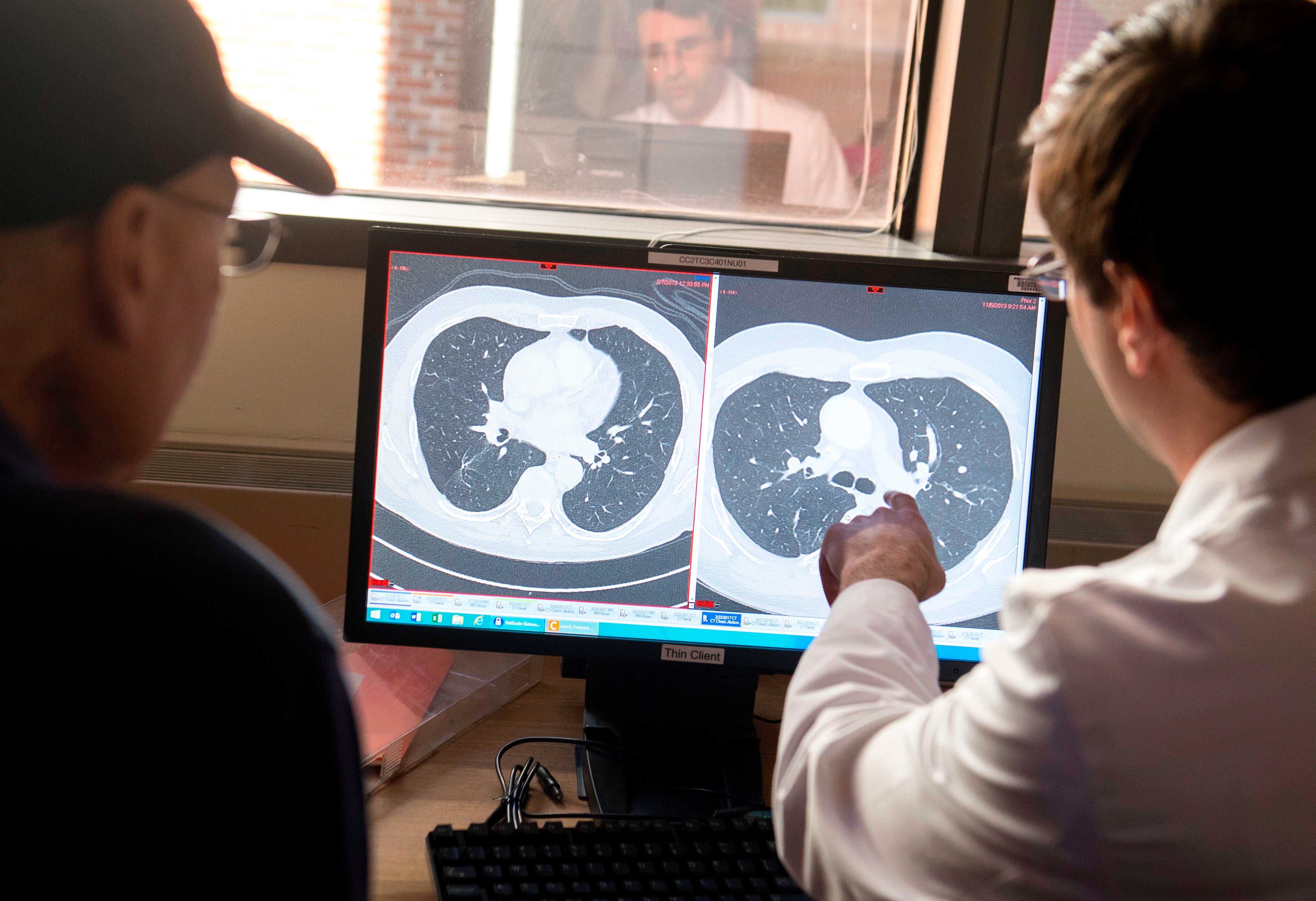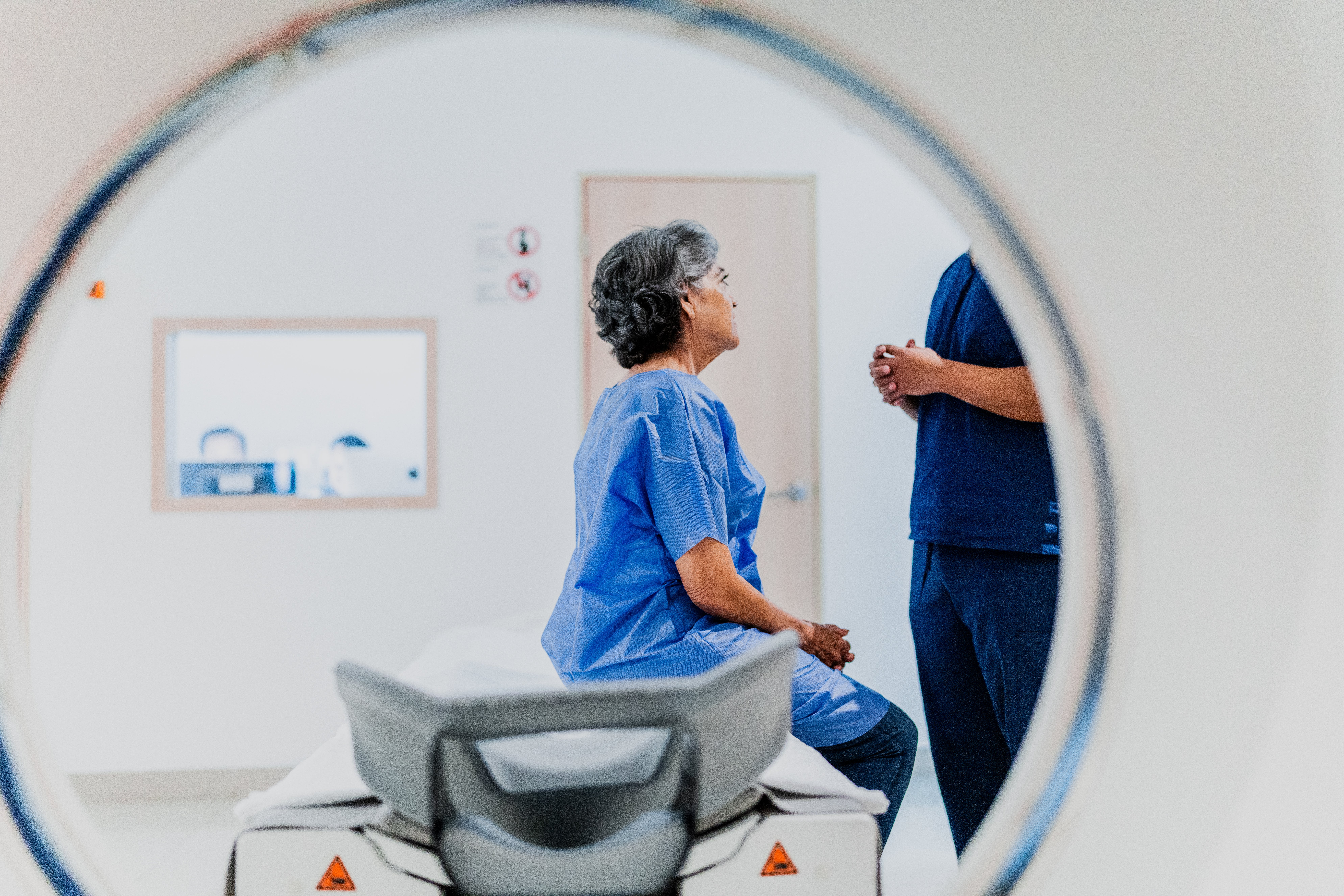ARTICLE AD BOX
Paying more in taxes might not be the worst thing.
A surprising link between cancer rates and paying taxes has been unearthed, and researchers are telling people how paying more to the government might mean a lower cancer risk.
While cancer deaths have been on the decline in recent years, cancer remains the second leading cause of death. More than 600,000 Americans die from cancer every year, and experts have warned the downward trend may halt in the near future.
States with a higher amount of state-level tax income per person were found to have increased cancer screening rates and fewer deaths from the disease, they said this week.
“These findings are in line with previous studies reporting that increased tax revenue and higher progressivity may lead to improved welfare and health care outcomes,” the group from the surgery departments at Georgia’s University of Emory, The Ohio State University, and Italy’s University of Verona said.

The research was published earlier this month in the journal JAMA Network Open.
In the study, the authors looked at 23 years of state tax data, including all 50 states. They also examined at screening rates and deaths recorded by the Centers for Disease Control and Prevention.
They found that a $1,000 increase in revenue per resident was associated with a 1.95 percent uptick in cancer screening for colorectal cancer, a 1.76 percent increase for breast cancer and a 0.68 percent rise in screening for cervical cancer. And, the same amount of revenue was also linked to a 2 percent decrease in the rate of cancer deaths and a 3 percent decrease in cancer mortality rate for individuals who are white.
“Specifically, among cancers with guideline-recommended screening, each $1,000 increase in tax revenue per capita was associated with a 4 percent decrease in mortality rate,” the authors wrote.
The findings make sense - those who tend to pay more in taxes earn more money and can spend more on health care or are typically more educated about the benefits of screenings.
They concluded that linking tax policy to improved health outcomes could be beneficial for American taxpayers and their state governments, alike. However, the researchers cautioned that there is also a possibility of data measurement errors.

“Tax revenue may serve as funding that promotes the common good by ensuring access to safe, healthy environments and quality health care, while progressive taxes can substantially increase the disposable income of working-class households, thus enhancing their living standards and improving their health and cancer outcomes,” they said.
However, they noted that inequality may persist even when there is an observed improvement toward a health goal.
“This finding was evident in the current study, in which increased tax revenue was associated with lower cancer mortality among White populations, yet this association was absent for racial and ethnic minority populations,” they said. A similar absence was noted for cancer screening, indicating that while higher tax revenue may improve cancer-related outcomes, the benefit does not appear to affect racial and ethnic minority and disadvantaged populations.
To address this discrepancy, the authors said there are steps governments could take going forward.
“Designing tax systems based on high tax revenue and progressive policies may present one aspect of a multifactorial approach to improve cancer-related outcomes, thus mitigating persistent cancer health care inequalities in the U.S.,” they said.









 English (US) ·
English (US) ·